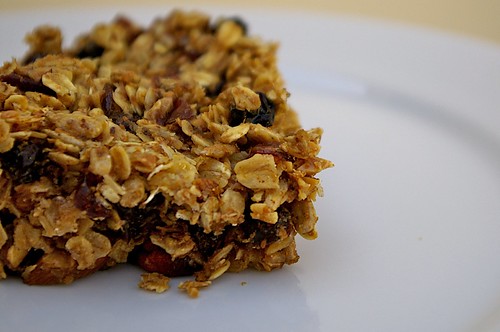Cooked meat has been through a lot. Exposure to heat excites cells, alters secondary and tertiary peptide bonds (science!) and denatures proteins. Makes them contract. It can be messy business and is why a freshly cooked, cut steak spills so much juice on your cutting board. To make sure that juice ends up where it's supposed to--your stomach--let cooked meat rest.
By cooked I mean seared, grilled or roasted. By meat I mean beef, pork or whole-roasted poultry. By rest I mean leaving it alone. When you pull the meat out from under the broiler, off the grill or out of the pan, just let it sit for a while. A pan seared flat-iron steak does best with about five to ten minutes of resting. A whole roasted turkey will benefit most from a thirty minute break. She needs her space; she's probably been through a lot.
If you're baking a sad, skinless chicken breast then don't even bother with the resting. It's bland food and won't benefit. Just wrap it in a pita and take it to your punishment corner.
What does resting do?
Resting enables the meat's juices to redistribute into the cells. Cooked meat suffers trauma. The heat denatures proteins in the cells and fundamentally changes the secondary and tertiary bonds between protein molecules. The most common, immediate change is tightening. The bonds tighten, the molecules contract, and the juice is squeezed out around the newly formed protein core. Once the protein molecules begin to cool however, they let some of those juices back in. Also, as the temperature throughout the meat begins to reach equilibrium, the juices are redistributed through most cells.
What about fish?
Most fish shouldn't be rested. After meat is cooked, it retains residual heat, which will continue warming the meat's center mass. This warming is, in essence, a continuation of the cooking process, and if you've ever had overcooked fish, you know you don't want to risk it. Pan to plate to stomach. Fast as possible.
Resting meat is one of those small tricks they never used to tell us but one that is absolutely essential to enjoying an excellent meal. Now you know why.








